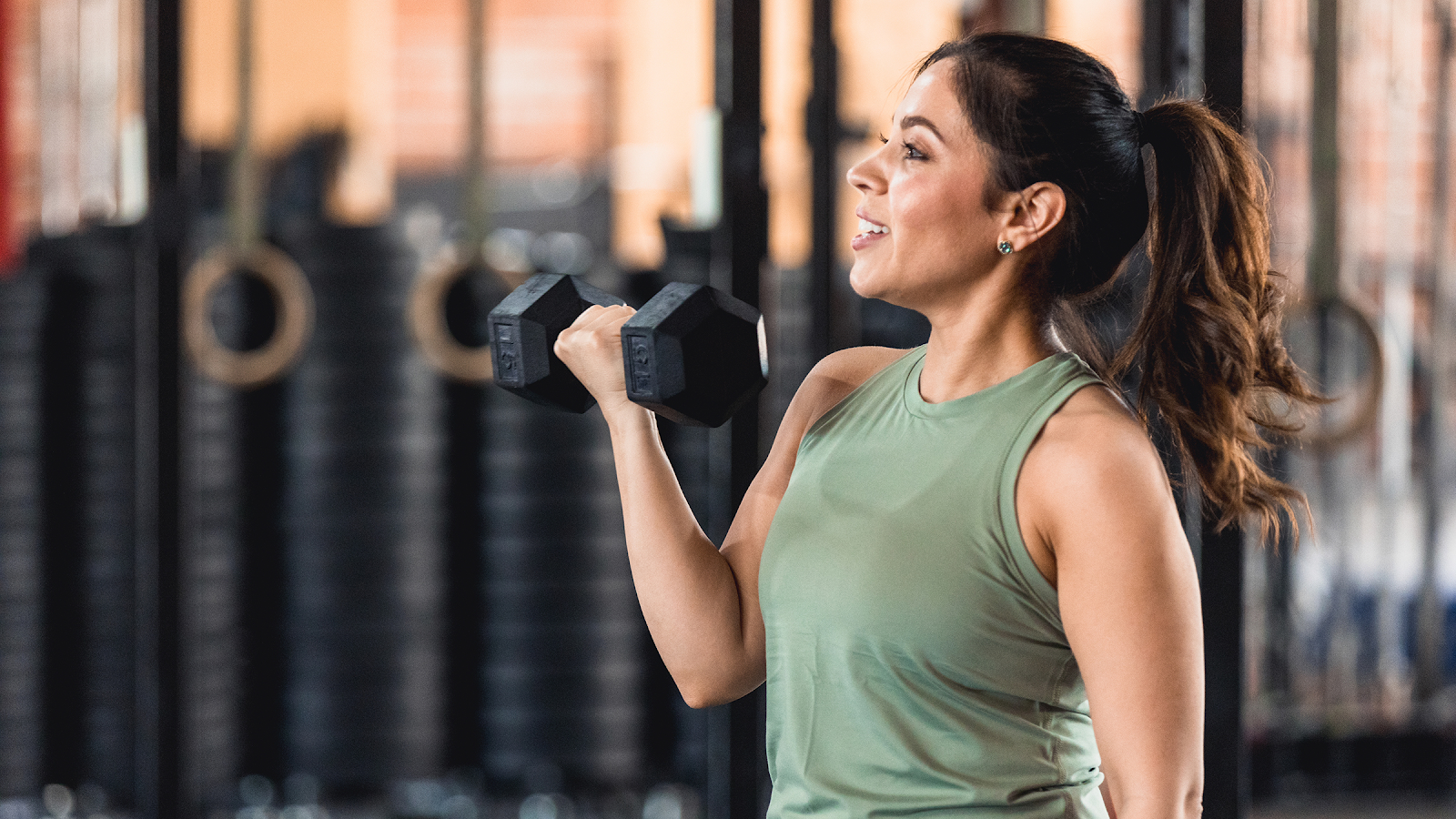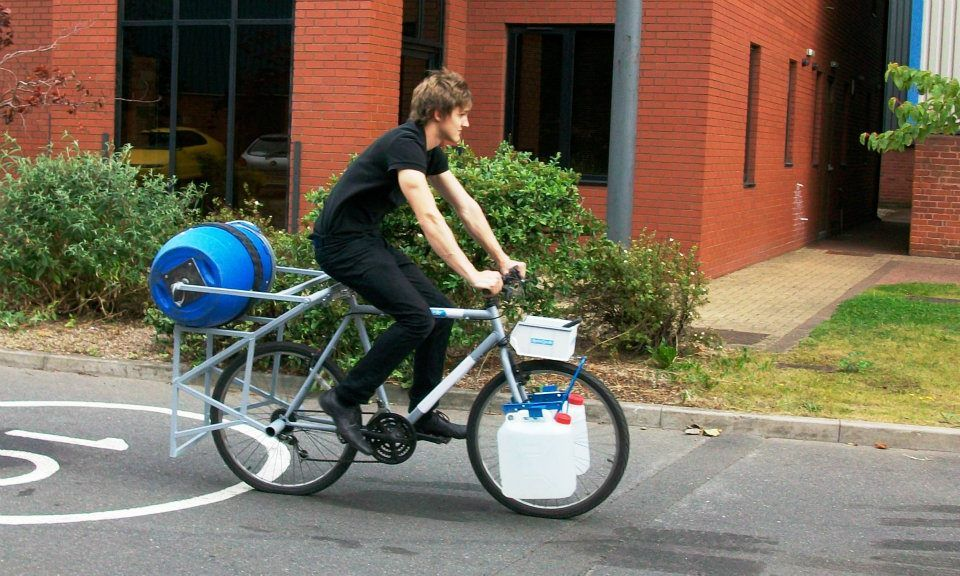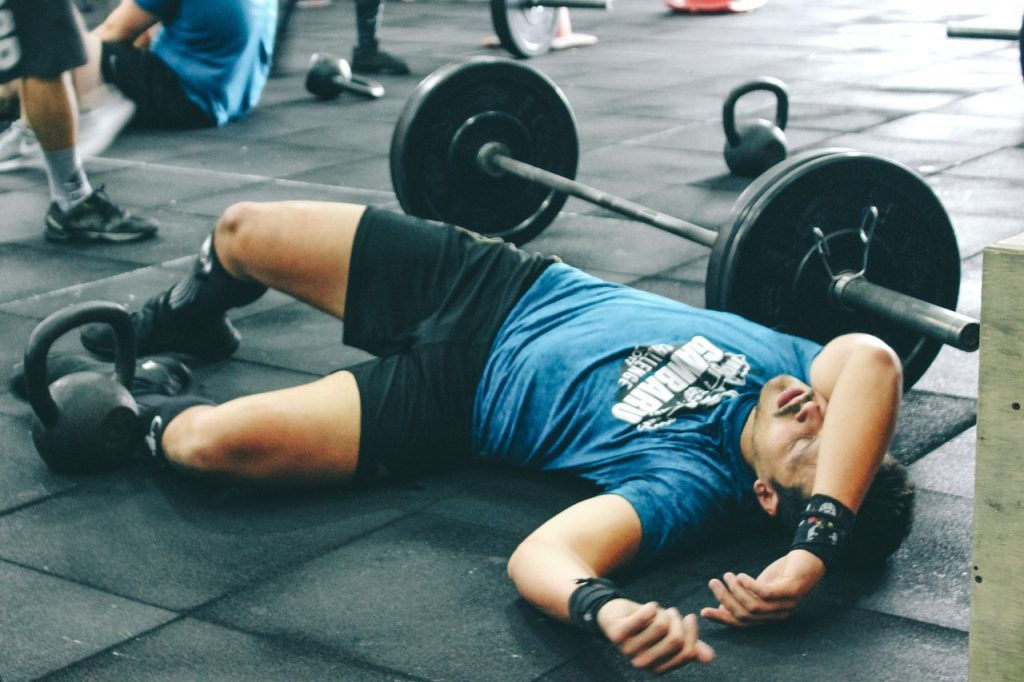''The Benefits of Deadlifts Are Particularly Important for Cyclists''
Deadlifts are a highly effective strength training exercise that offer numerous benefits for cyclists. Whether you're a professional cyclist or a recreational rider, incorporating deadlifts into your training routine can significantly improve your performance on the bike. Here are some key reasons why deadlifts are particularly important for cyclists:
Increased overall strength:
Deadlifts are a compound exercise that engage multiple muscle groups simultaneously, including the hamstrings, glutes, lower back, core, and forearms. By performing deadlifts regularly, cyclists can develop overall strength and power in their lower body, which is crucial for generating more force during pedaling and climbing hills. Stronger muscles mean improved efficiency and reduced fatigue during long rides.Enhanced pedal power:
Deadlifts primarily target the posterior chain muscles, which are directly involved in generating power during cycling. The explosive hip extension movement involved in deadlifts mimics the forceful leg drive required for accelerating and sprinting on the bike. By strengthening the glutes and hamstrings through deadlifts, cyclists can increase their pedal power and improve their ability to push through each pedal stroke with more force.Injury prevention:
Cycling can put repetitive stress on certain muscle groups, leading to imbalances and potential injuries. Deadlifts help counteract these imbalances by strengthening the muscles that are often neglected during cycling, such as the lower back and posterior chain. Strengthening these areas can help alleviate lower back pain, prevent muscle imbalances, and reduce the risk of common cycling-related injuries.Core stability and balance:
Deadlifts require significant core activation and stabilization throughout the movement. A strong and stable core is essential for maintaining proper posture and balance on the bike, especially during intense efforts or when navigating uneven terrain. By incorporating deadlifts into their training, cyclists can develop a solid core foundation, which translates to improved stability and control while cycling.Increased bone density:
Cycling is a non-weight-bearing activity, which means it does not place significant stress on the bones. While this makes cycling a low-impact exercise, it also means cyclists may be at risk of decreased bone density over time. Deadlifts, on the other hand, are a weight-bearing exercise that promote bone health and density. Regular deadlifting can help cyclists maintain strong bones and reduce the risk of conditions such as osteoporosis.Improved posture and spinal alignment:
Deadlifts require maintaining a neutral spine throughout the movement, which helps promote proper posture and spinal alignment. Cyclists often spend long hours in a forward-flexed position, which can lead to rounded shoulders and a hunched posture. Deadlifts can counteract these postural issues by strengthening the muscles responsible for maintaining an upright posture, such as the erector spinae and upper back muscles.Mental resilience and confidence:
Deadlifts are a challenging exercise that require mental focus, discipline, and determination to perform correctly and safely. By regularly incorporating deadlifts into their training regimen, cyclists can develop mental resilience, overcome physical challenges, and build confidence in their abilities both on and off the bike.
Deadlifts offer a wide range of benefits for cyclists. From increased overall strength and pedal power to injury prevention and improved posture, deadlifts can significantly enhance a cyclist's performance and overall well-being. Incorporating deadlifts into your training routine, under proper guidance, can help you become a stronger, more efficient, and resilient cyclist.










Comments
Post a Comment